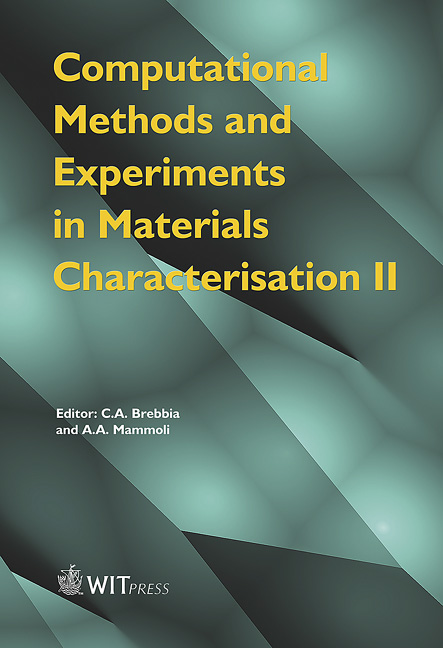Thermogravimetric Analysis Of Novel Brake Friction Materials
Price
Free (open access)
Transaction
Volume
51
Pages
8
Published
2005
Size
376 kb
Paper DOI
10.2495/MC050171
Copyright
WIT Press
Author(s)
M. N. Berhan, G. S. Darius, N. V. David, A. A. Shahrul, M. B. Zaki & M. Zulkifli
Abstract
Thermogravimetry (TG) refers to the measurement of weight changes when a specimen is heated to a scheduled heating program. In general, TG involves the measurement of weight loss as a function of temperature. Derivative Thermogravimetry (DTG) is a method of expressing the results of TG by giving the first derivative curve as a function of temperature. This paper presents the TG and DTG analysis of four novel formulations of brake friction material, namely samples S1, S2, S3, and S4, with reference to the TG/DTG curves obtained for the raw materials (individual ingredients) of the formulations. Due to the inherent variation of constituents, each sample exhibited different TG/DTG curves thus indicating the uniqueness of each formulation. Sample 1 decomposed in three stages. Samples S2, S3 and S4, however, displayed a recognisable TG curve pattern although the rate of decomposition and reaction occurred at different rates and temperatures. Sample S3 registered the lowest total weight loss of 9.28% while the highest total weight loss of 23.8% was observed in sample S4. The TG results revealed notable decomposition between 450oC and 580oC in all samples, corresponding to the degradation of certain ingredients such as barium, Nipol and iron oxide. Coupling TG to other thermal analysis procedures such as the EGA is necessary to detect and ascertain exactly which component is decomposed at each stage and temperature. The selection of suitable friction material depends on the braking conditions and related particular requirements. Keywords: thermogravimetry, derivative thermogravimetry, brake friction material.
Keywords
thermogravimetry, derivative thermogravimetry, brake friction material.





